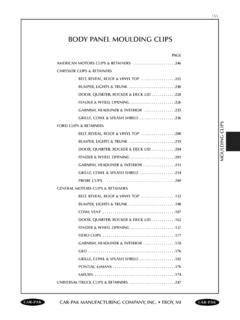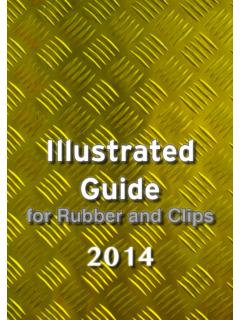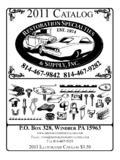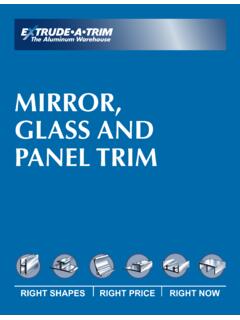Transcription of MATERIAL DATA SHEET LS PA12 - CRDM
1 LS- pa12 MATERIAL data SHEET 4/2011 A POLYAMIDE 12 MATERIAL USED WITH SELECTIVE LASER SINTERING Background Polyamide 12 ( pa12 ) is a well known plastic normally used for the injection moulding of parts intended for engineering applications. A finely divided form of this MATERIAL can be used with the ALM technology know as selective laser sintering to produce strong accurate parts. Features This MATERIAL enables parts to be produced which have strength approaching those of injection mouldings. They are accurate, offer excellent chemical and moisture resistance and can be used over a wide temperature range. Of all the non-metallic ALM materials available, this one gives the best performance when prototypes are needed to give a close mimic to polyamide target materials. The mechanical properties are so good and exhibit such stability, that components made in this MATERIAL are now frequently being used for production applications.
2 Benefits Parts are accurate and strong, and can be machined, for example parts can be tapped or can carry metal inserts if required, and can be treated in a similar way to injection moulded polyamide components. They can also be finished in a variety of ways, including being painted and even fuel proofed. Components made in LS- pa12 offer a quick route into completely functional plastic parts. Applications LS- pa12 finds a great many applications in the prototyping as well as the production environment. A wide range of industries, including aerospace, automotive, medical, environmental, defence and electrical goods are already wide users of this MATERIAL . A list is given below of a few of the many applications to which LS- pa12 parts can be put. Prototyping Production Enclosures Clips and stands Frames Enclosures Plugs and sockets Bobbins and formers Fans, impellors Jigs and Fixtures for drilling Piping and air ducting Assembly aids Product chassis, cases and load bearing components Complex pipes and tubes MATERIAL data SHEET LS pa12 LS- pa12 MATERIAL data SHEET LS pa12 Plastic ALM MATERIAL Technical data Please be aware that these figures are typical values.
3 At CRDM we are continually striving to improve the accuracy of our data and the repeatability of our machines Many of the properties listed below will be dependant on the laser power used to sinter the parts and some values will depend on the X,Y and Z orientation of the part in the machine. If highly specified MATERIAL properties are required for your application, please contact us. General Properties of Sintered Parts Density g/cm3 * Moisture Absorption (24hrs) Colour White Surface finish Light grainy finish (post processing available) Porosity Typical pore size 35 microns * Mechanical Properties Tensile Modulus 1500 1800 N/mm2 * Ultimate Tensile Strength 40 45 N/mm2 * Elongation at break 10 20% * Flexural Modulus 1200 1300 N/ mm2 * Hardness Shore D 72 76 Thermal Properties Melting Point 172 -180 oC Recommended temp range -50 100 oC All properties listed assume standard building conditions.
4 Certain parameters, porosity, can be varied significantly by varying applied laser power. This parameter variability can be used to tailor parts to particular applications. * varies as a function of laser power will vary as a function of test direction (ie as a function of X, Y and Z build orientation) parts can be sealed as a post-processing operation CRDM Ltd Unit D, Wycombe Sands Lane End Road High Wycombe HP12 4HH T 08450 514900 E







